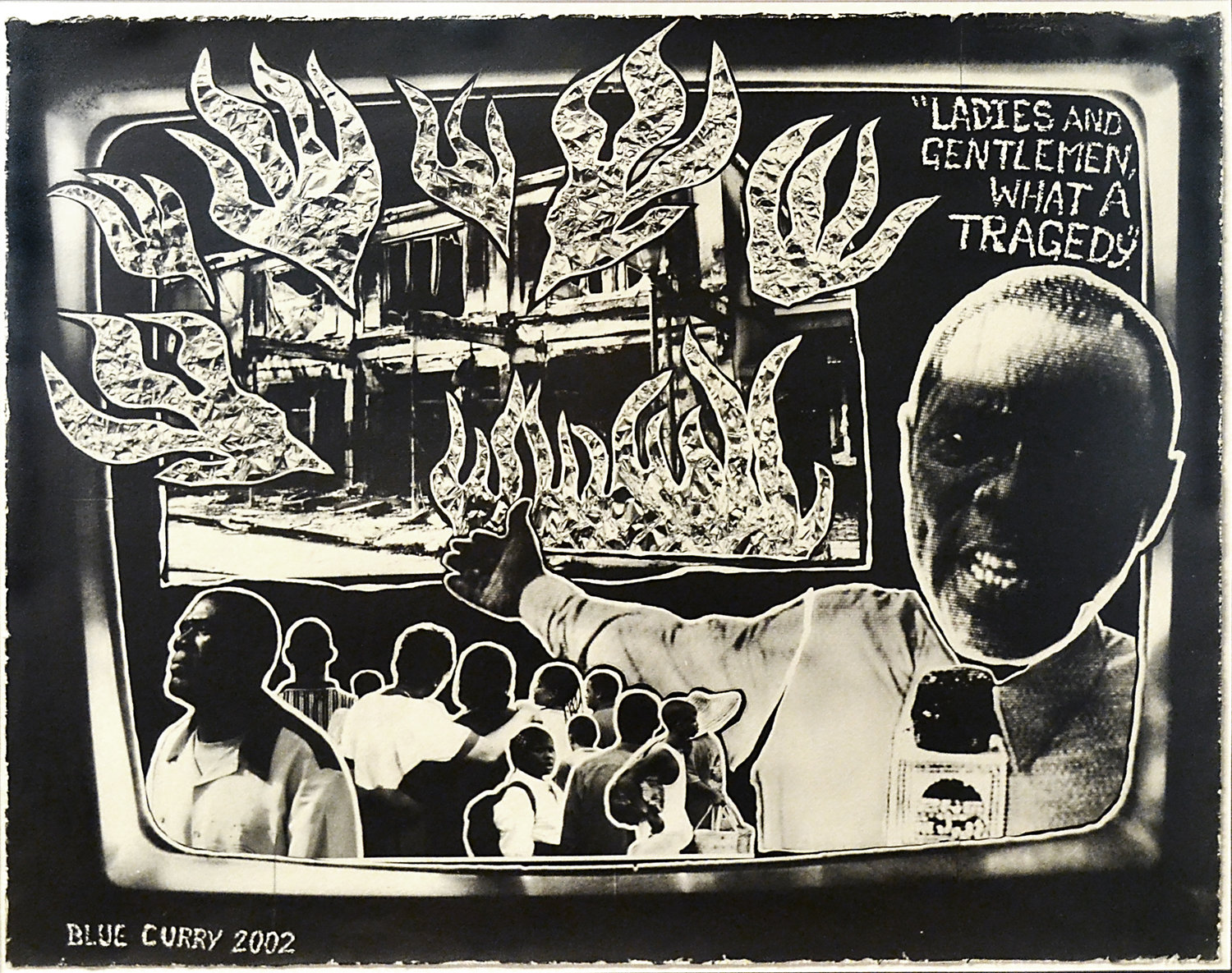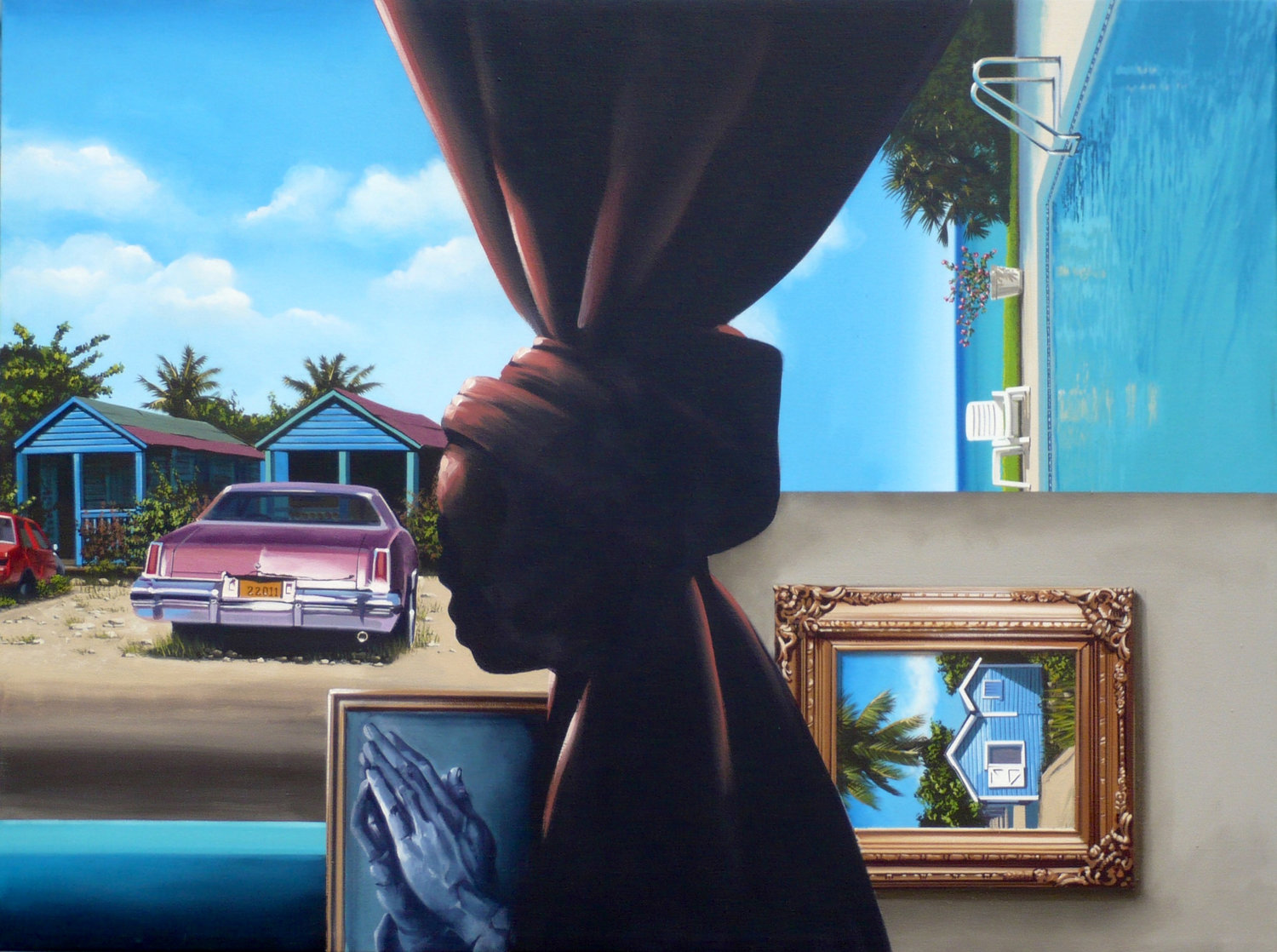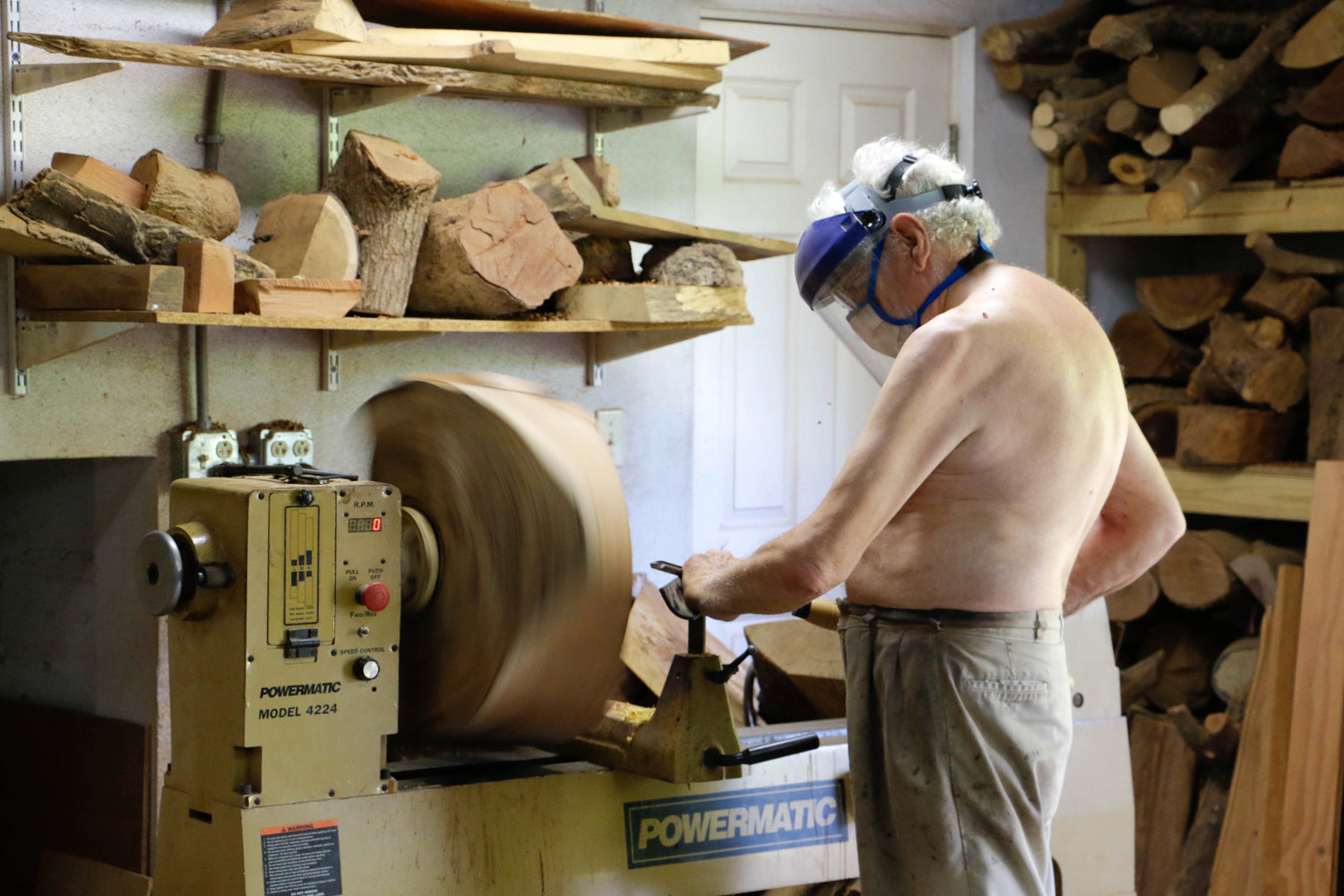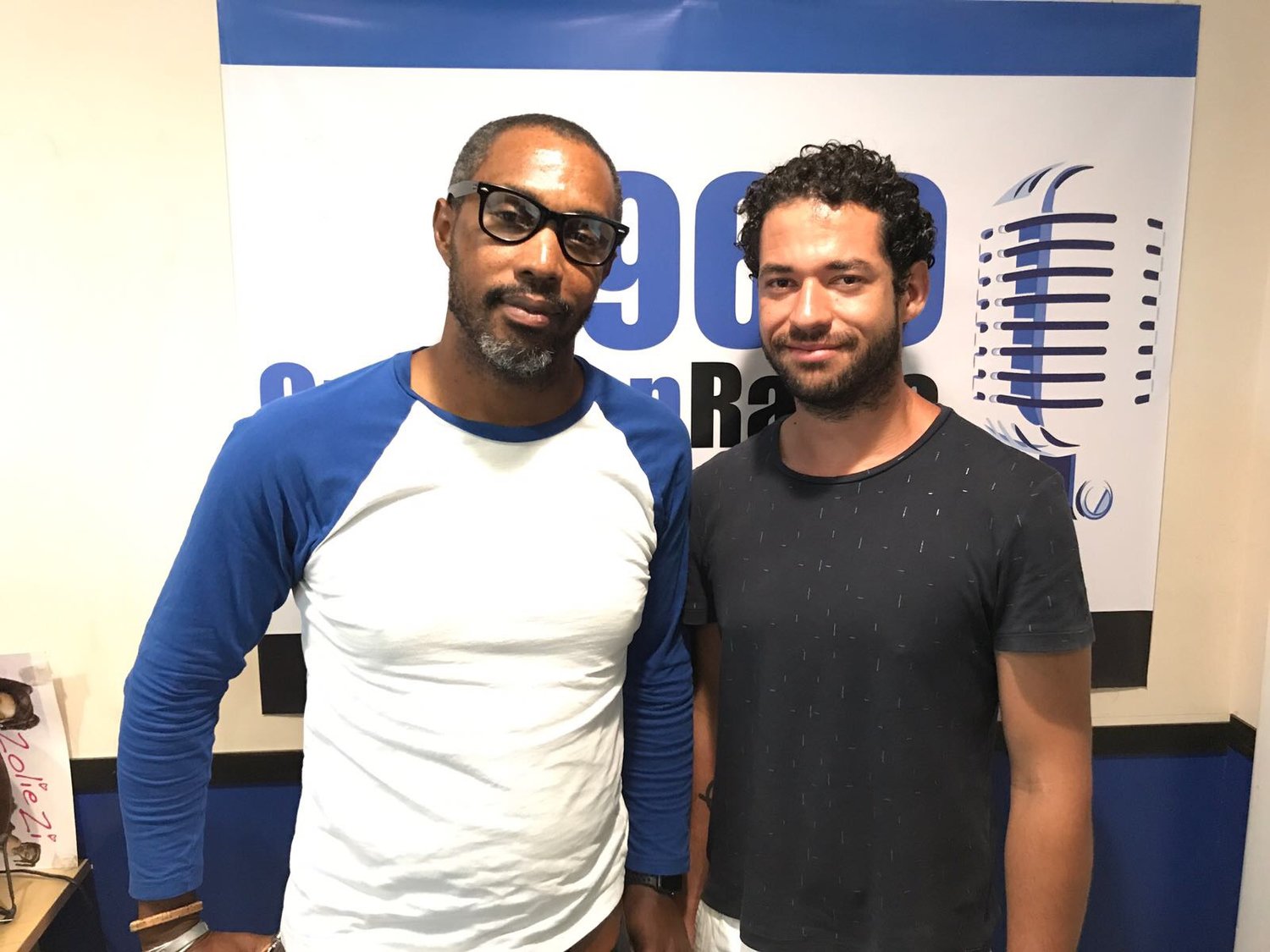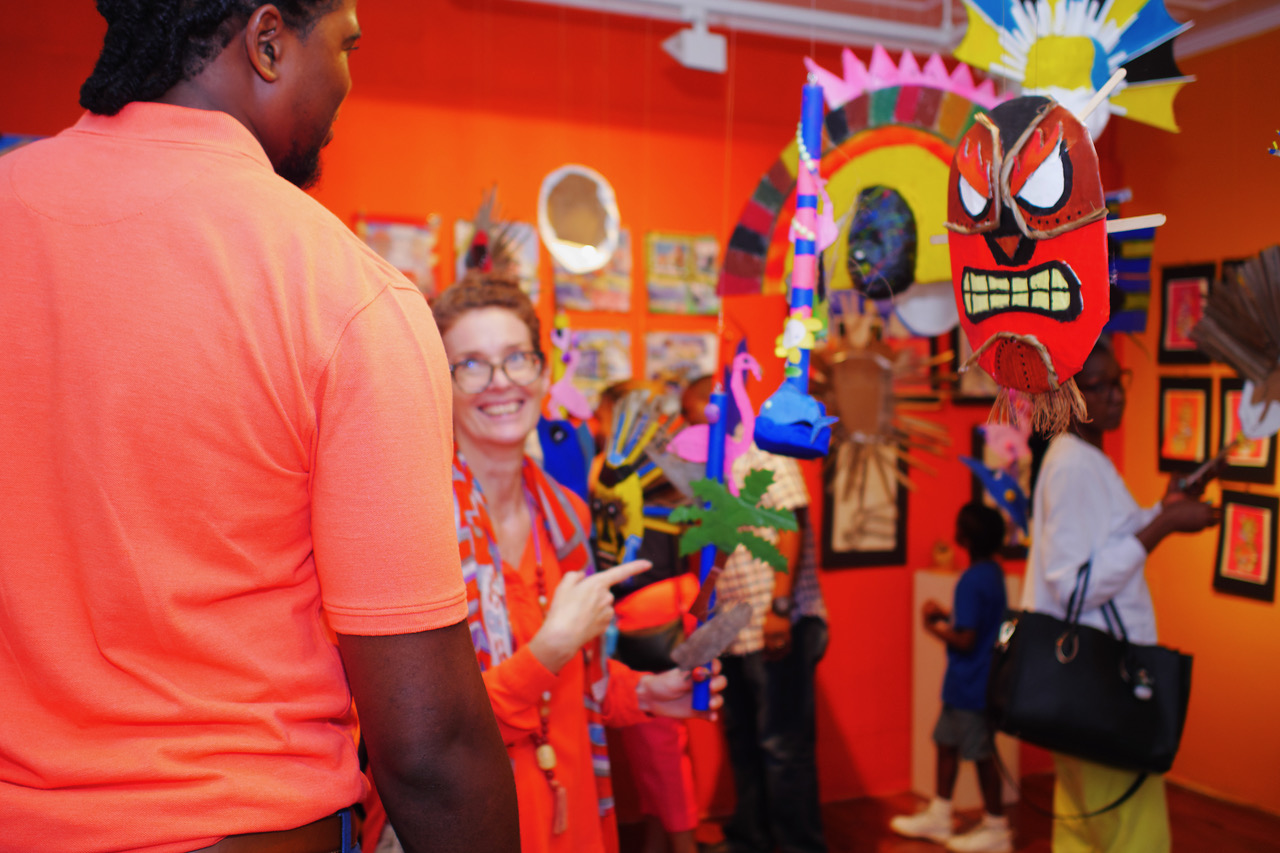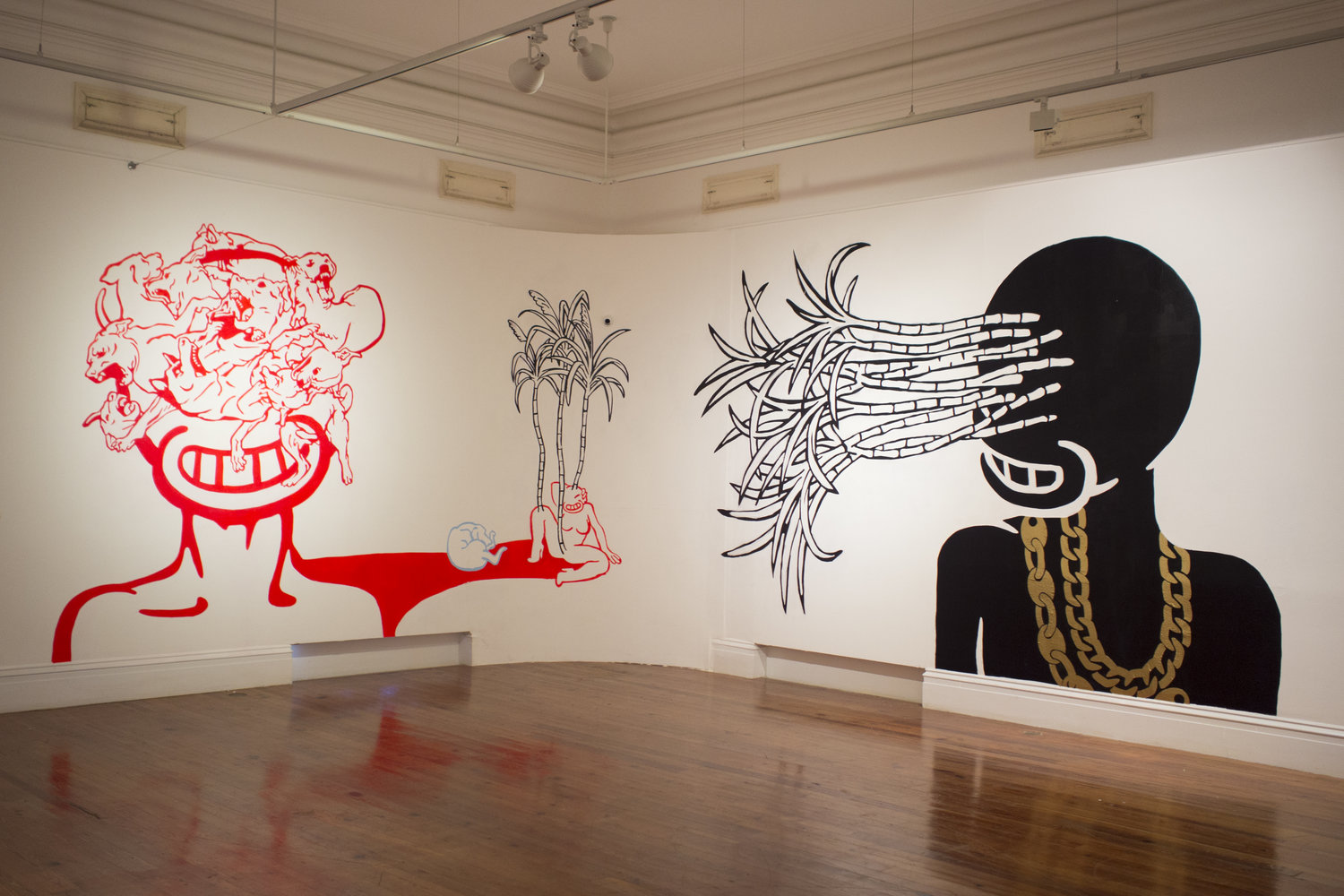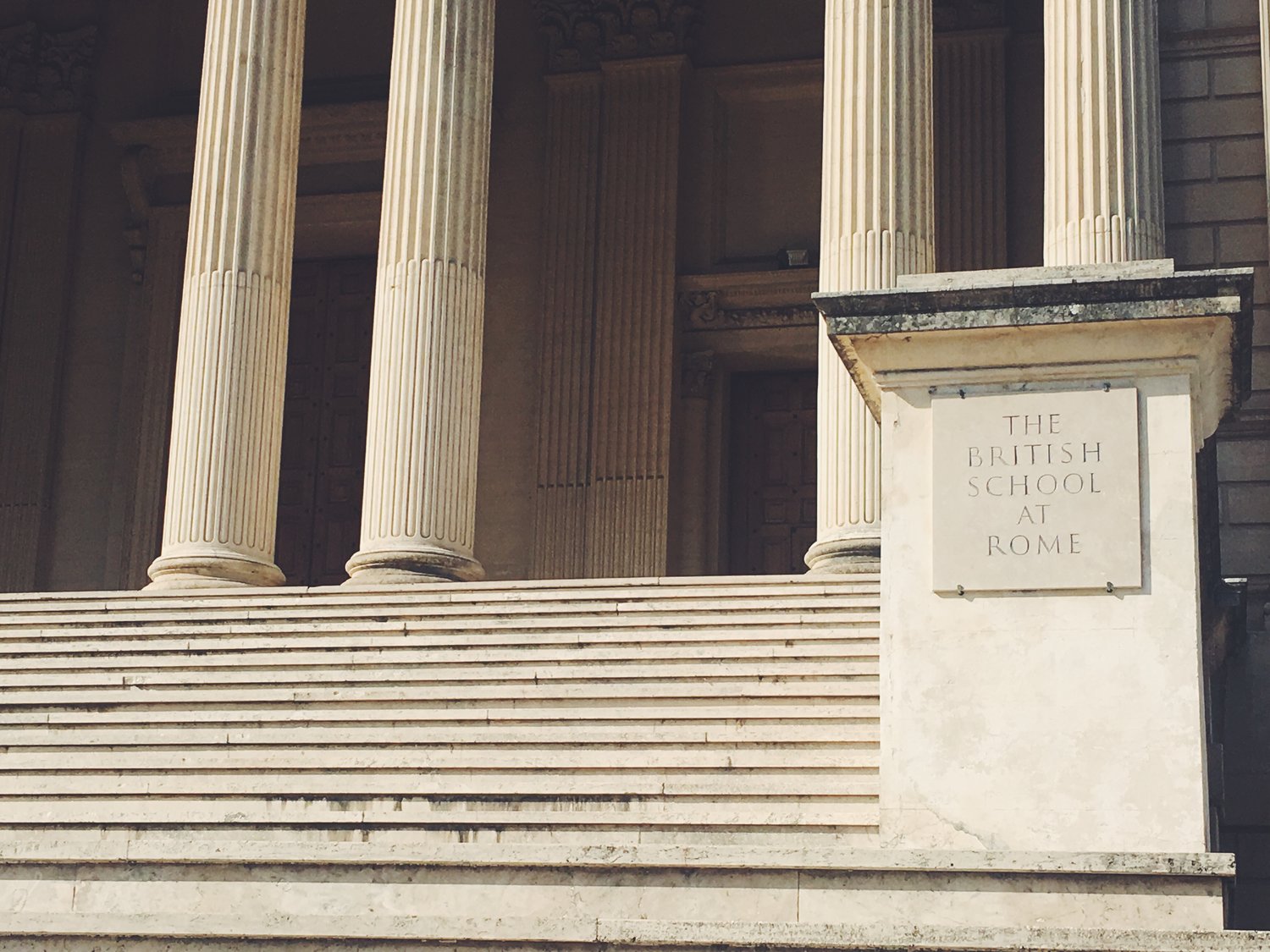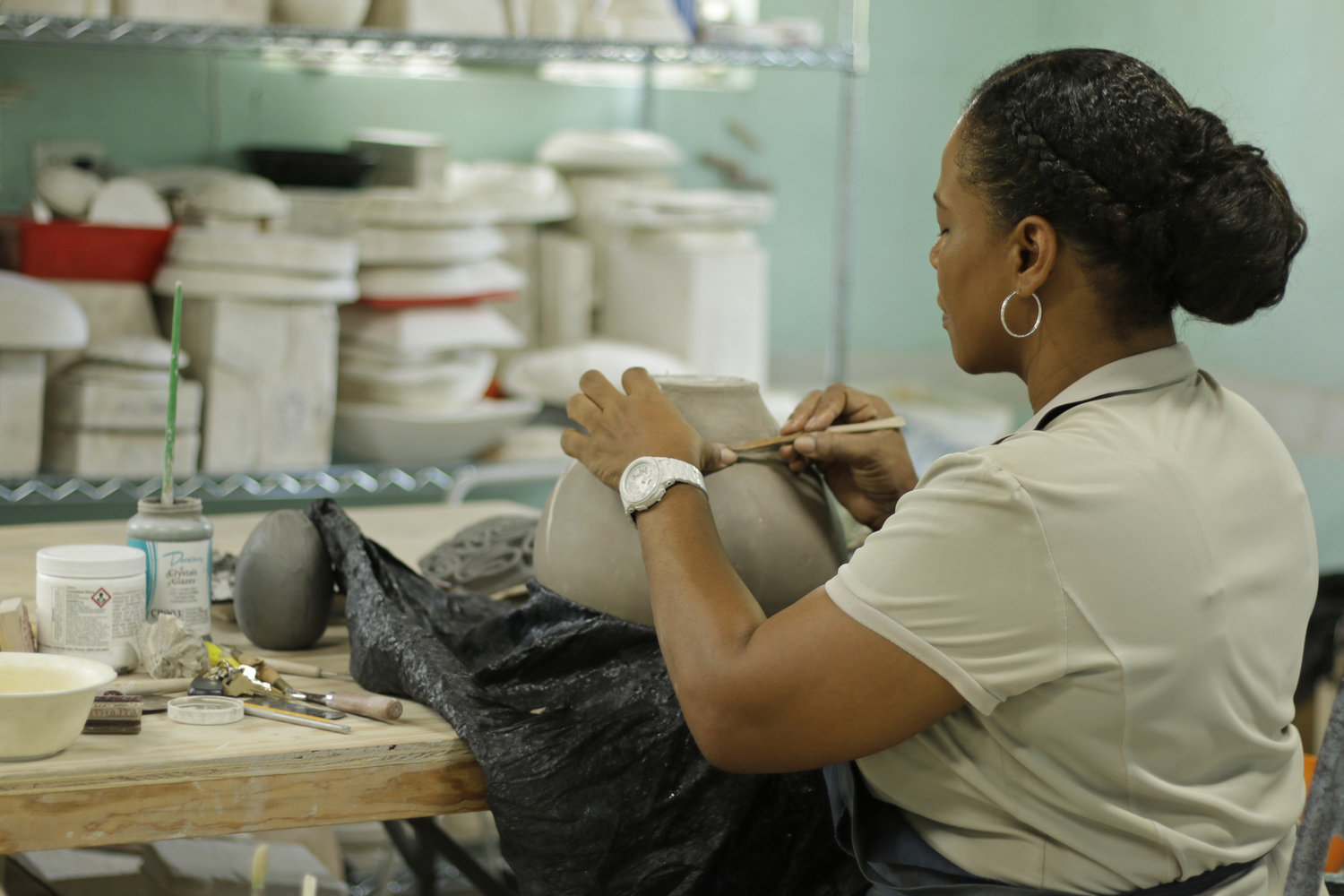Curry’s gamut of work usually involves some form of tongue-in-cheek critique of the tourism culture of The Bahamas, but this earlier work which stands in the National Collection from 2002 deals more with public response and representation than tourism as it is. The link is still there of course, as the Straw Market on Bay Street has been well known as a spot for tourist consumerism since the 1800’s, with the particular branding of the space that we know today coming out of a revamp in the 1920’s. Previously, however, the site was used as a market of a different kind, to process enslaved Africans to be sold later at the Vendue House.
All posts by admin
If an entire population moves, is it still a nation?: The consequences of censoring self.
By Dr Ian Bethell-Bennett. Sam Shepard has died. Sam Shepard has died and we are left to remember his works. It is a different dying than Derek Walcott because he is further away, perhaps, but he throws into sharp relief our refusal to see ourselves as we pass through our everyday lives. A country teetering on the verge of yet another downgrade, a society shrouded in debt but unwilling to spend less because tings coss more and VAT bite me in my…? Perhaps to see their lives, their futures.
Studio Visit: Robin Hardy “Turning and Refining Salvaged Wood”
By Keisha Oliver. Last summer, I had the pleasure of turning my first bowl from Madeira wood with established woodturner and furniture-maker, Robin B. Hardy. With no formal training, he has developed a niche for one-of-a-kind pieces hand-crafted from a variety of wood grown in The Bahamas. Operating out of his basement workshop for the past seventeen years, Hardy’s design style is simple, functional and elegant, allowing the wood to express its own qualities and natural imperfections. His practice as a woodworker is inspired by curiosity and the challenge each piece of wood presents. He has coined his creative repertoire as “discovered art in salvaged wood.”
Blank Canvas with Alistair Stevenson
Today on Blank Canvas guest host John Cox, Bahamar Creative Art Director, is joined by artist Alistair Stevenson to discuss his upcoming artist talk and exhibition “All of My Emotions”.
Mixed Media Summer Art Campers Shine at August Opening: The Joy of Fostering Creativity
By Malika M Pryor. The air was filled with anticipation, impatient little legs swinging from the laps of their parents, who were awaiting the brief remarks and activity ahead. Younger siblings toddled through the centre aisle while teens, hovering in the back rows, eyed the assortment of fruits and cakes little more than an arm’s length away. The scene described would seem more fitting for a wedding but, in fact, it was the opening reception for the NAGB’s Mixed Media Summer Art Camp’s (MMSAC) 2017 Exhibition, A Journey Through Time: Telling Our Story. Taking centre stage in the cube-shaped gallery within a gallery, or Project Space (The PS), campers’ art transformed the room into a fantastic burst of colour, light and joy on Tuesday, August 1st.
Blank Canvas with John Cox and Natascha Vazquez from The Current: Baha Mar
On tonight’s “Blank Canvas,” Amanda welcomes back the original host, John Cox (Creative Art Director at Baha Mar) and his colleague at The Current, Natascha Vasquez (Creative Arts Programme Manager) to speak about the arts programme being developed at the new resort on Cable Beach.
Gendered Norms and Deconstruction: The Body, the Image, and the Ability to Speak Out for Self
By Dr Ian Bethell-Bennett.As The Bahamas moves into a new administration, 50 years of Majority Rule and over 40 years of independence have done little to remove the boundaries around free expression and positive self-imaging. Basking in its Victorian properness, as long as it is useful, the tourist destination boasts a particular image of Caribbeanness that is acceptable and palatable to the population because they have been taught to accept it.
Reporting From Rome: The Care in Curating
By Natalie Willis. Three weeks of Italian summer and being surrounded by art professionals sounds like a dream, and in many ways, of course, it is. From the “shallow” things—like eating gelato for breakfast (which, I’ll have you know, is entirely civilised)—to the deeper stuff, of discussing intense readings around the purpose and history of curatorial practice and being able to view Caravaggio paintings in resplendent old buildings, the Goldsmiths ‘Curating The Contemporary’ summer art intensive, hosted at the British School at Rome, was an education, and in ways I had not anticipated. I was supported by the Charitable Arts Foundation as well as The National Art Gallery of The Bahamas to embark on this journey of professional development that would prove to also be one of intense personal development
Studio Visit: Jessica Colebrooke “Crafting a Sustainable Future for Ceramics”
By Keisha Oliver. Five days a week, you’ll find Bahamian ceramicist Jessica Colebrooke in her Nassau studio, which is tucked away behind her home in the Gleniston Park community. 19 years ago, Colebrooke started out in a 10 x 10ft room with a sheet of plywood on two crates and a small kiln. Today she owns and manages “Jessica’s Tileworks Studio,” one of the leading ceramics and tile manufacturers in The Bahamas. As a mother, wife, educator, artist and entrepreneur, Colebrooke has committed her life and work to supporting and nurturing a culture of creativity.
Gender and the Dream: Confronting Stereotypes in Black Masculinity
By Dr Ian Bethell-Bennett
The dream sold is of young men being told that they are prosperous, only to realise that they are imprisoned in a tangled web of failure or underachievement. Young men from the inner city, once the thriving home of Blacks–forced by segregation and reduced circumstances to live in particular parts of town–is cast as the worst place in the country, a place that only produces criminals.
